Related Research Articles

John Balliol or John de Balliol, known derisively as Toom Tabard, was King of Scots from 1292 to 1296. Little is known of his early life. After the death of Margaret, Maid of Norway, Scotland entered an interregnum during which several competitors for the Crown of Scotland put forward claims. Balliol was chosen from among them as the new King of Scotland by a group of selected noblemen headed by King Edward I of England.
Dunsmore is a name with a separate origin in Scotland and England.
Malise III of Strathearn was a Scottish nobleman, the ruler of the region of Strathearn.

Clan Cochrane is a Scottish clan of the Scottish Lowlands.

Sir William Douglas "le Hardi", Lord of Douglas was a Scottish nobleman and soldier.

John of Argyll, was a Scottish nobleman of the early 14th century. He is often known today as John Bacach, "the Lame", but there is no authority for that as a contemporary or near-contemporary nickname.
Roberton is a village in South Lanarkshire, Scotland.

The Battle of Red Ford or Battle of the String of Lorne was a battle in 1294 or else after September 1296 between Clan Campbell and Clan MacDougall in Lorne, Scotland. The battle was fought over disputed lands. It ended in defeat of the Clan Campbell of Lochawe. The battle was on the borders of Loch Awe and Lorne, with the site and battle named Red Ford after the ford which ran red with blood where the battle took place.
The Second War of Scottish Independence broke out in 1332 when Edward Balliol led an English-backed invasion of Scotland. Balliol, the son of former Scottish king John Balliol, was attempting to make good his claim to the Scottish throne. He was opposed by Scots loyal to the occupant of the throne, eight-year-old David II. At the Battle of Dupplin Moor Balliol's force defeated a Scottish army ten times their size and Balliol was crowned king. Within three months David's partisans had regrouped and forced Balliol out of Scotland. He appealed to the English king, Edward III, who invaded Scotland in 1333 and besieged the important trading town of Berwick. A large Scottish army attempted to relieve it but was heavily defeated at the Battle of Halidon Hill. Balliol established his authority over most of Scotland, ceded to England the eight counties of south-east Scotland and did homage to Edward for the rest of the country as a fief.

Thomas ThomsonFRSE FSA Scot was a Scottish advocate, antiquarian and archivist who served as Principal Clerk of Session (1828–1852) and as secretary of the literary section of the Royal Society of Edinburgh (1812–20).
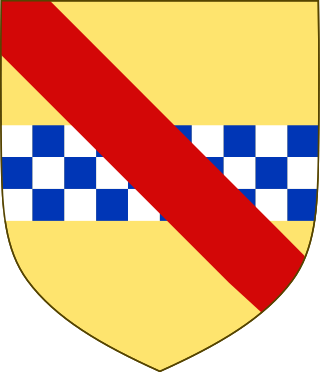
Sir John Stewart, the brother of Sir James the 5th High Steward of Scotland, was a Scottish knight and military commander during the First Scottish War of Independence.
The Battle of Kinghorn was fought on 6 August 1332 at Wester Kinghorn, Fife, Scotland. An invading seaborne force of 1,500 men was commanded by Edward Balliol and Henry Beaumont, Earl of Buchan. A Scottish army, possibly 4,000 strong, commanded by Duncan, Earl of Fife, and Robert Bruce, Lord of Liddesdale was defeated with heavy loss. Balliol was the son of King John Balliol and was attempting to make good his claim to be the rightful king of Scotland. He hoped that many of the Scots would desert to him.
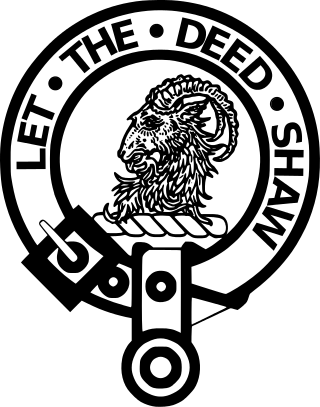
Clan Fleming is a Lowland Scottish clan and is officially recognized as such by the Lord Lyon King of Arms. However, as the clan does not currently have a chief that is recognized by the Lord Lyon King of Arms it is therefore considered an armigerous clan.
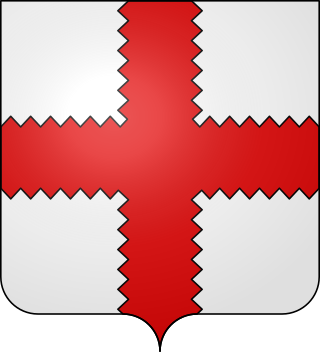
Sir Andrew de Rait of Rait was a 13th-14th century Scottish noble. Andrew de Rait was the younger brother of Gervase de Rait, Constable of Invernairn. Andrew was Constable of Nairn Castle in 1296. He appears on the 1296 Ragman Roll giving homage to King Edward I of England. He succeeded to his brother's estates and titles in 1297.
Sir Thomas de Somerville of Linton and Carnwarth, (c.1245-1300) was a 13th-14th century Scottish noble. He was Baron of Linton.
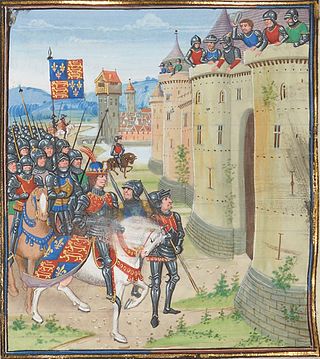
The siege of Berwick lasted four months in 1333 and resulted in the Scottish-held town of Berwick-upon-Tweed being captured by an English army commanded by King Edward III. The year before, Edward Balliol had seized the Scottish Crown, surreptitiously supported by Edward III. He was shortly thereafter expelled from the kingdom by a popular uprising. Edward III used this as a casus belli and invaded Scotland. The immediate target was the strategically important border town of Berwick.
The English invasion of Scotland of 1296 was a military campaign undertaken by Edward I of England in retaliation to the Scottish treaty with France and the renouncing of fealty of John, King of Scotland and Scottish raids into Northern England.
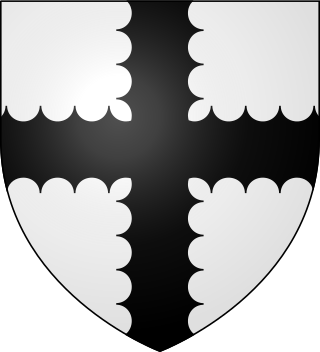
William St. Clair, 6th Baron of Roslin was a Scottish nobleman of the late 13th century.
Events from the 1290s in the Kingdom of Scotland.
Sir Thomas McCulloch was an early Sheriff of Wigtown which was historically the office responsible for enforcing law and order in Wigtown, Scotland and bringing criminals to justice. Sir Thomas McCulloch was appointed Sheriff of Wigtown by 1305.
References
- ↑ Foedera, ~i. 542.
- ↑ Piece reference C 47/23/3.
- ↑ Brewer, E.C. (1 May 2000) [1898]. Dictionary of Phrase and Fable. Philadelphia: Henry Altemus Company.
- ↑ "Definition of RIGMAROLE". www.merriam-webster.com. Retrieved 2 July 2021.
- ↑ (1884), vol. ii., Introd., p. xxiv; and as to the seals see p. lii and appendix.
- ↑ Peter Beal, ed., A Dictionary of English Manuscript Terminology, 1450–2000 (Oxford University Press, 2008 [online 2011]), s.v. "pendent".